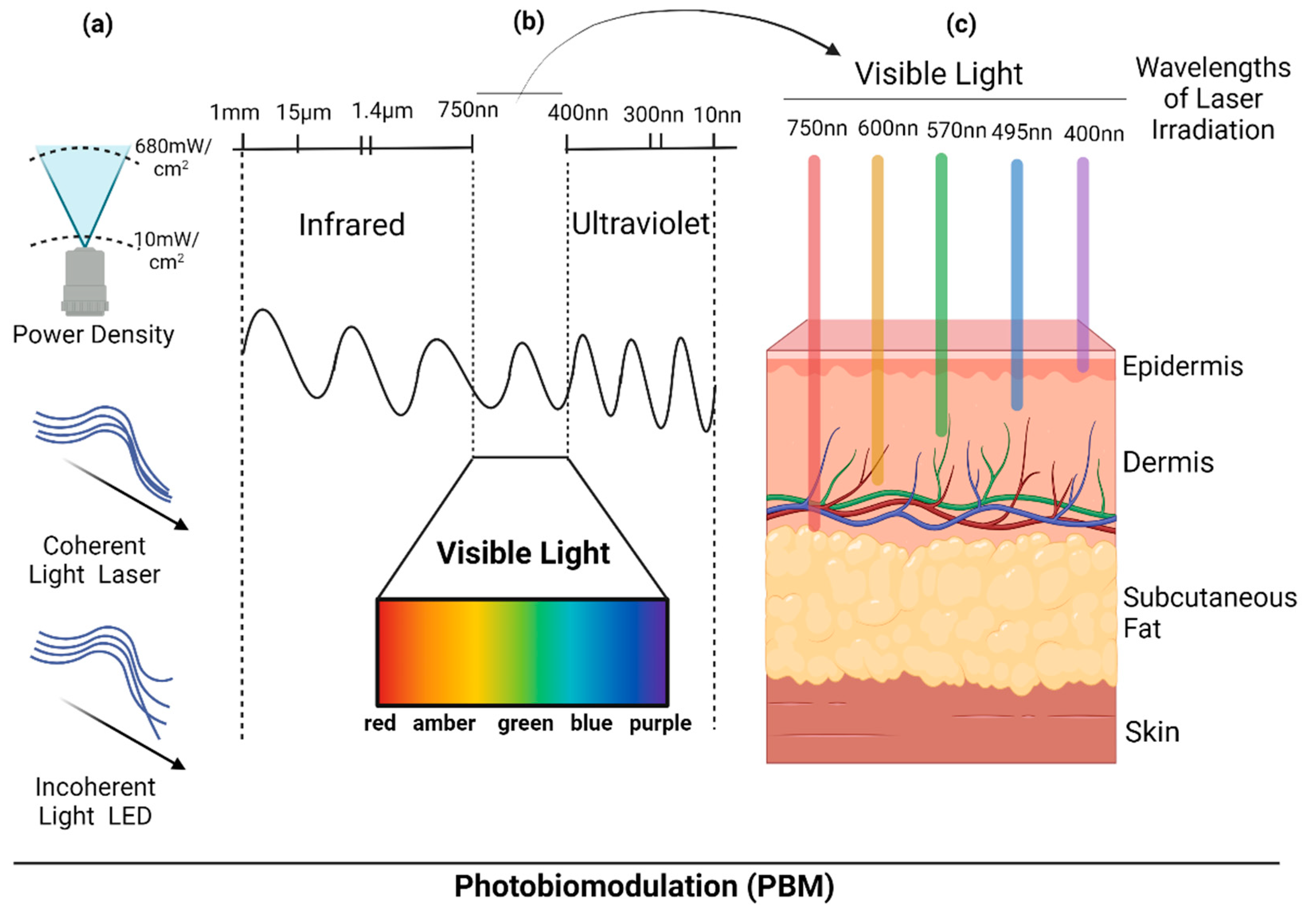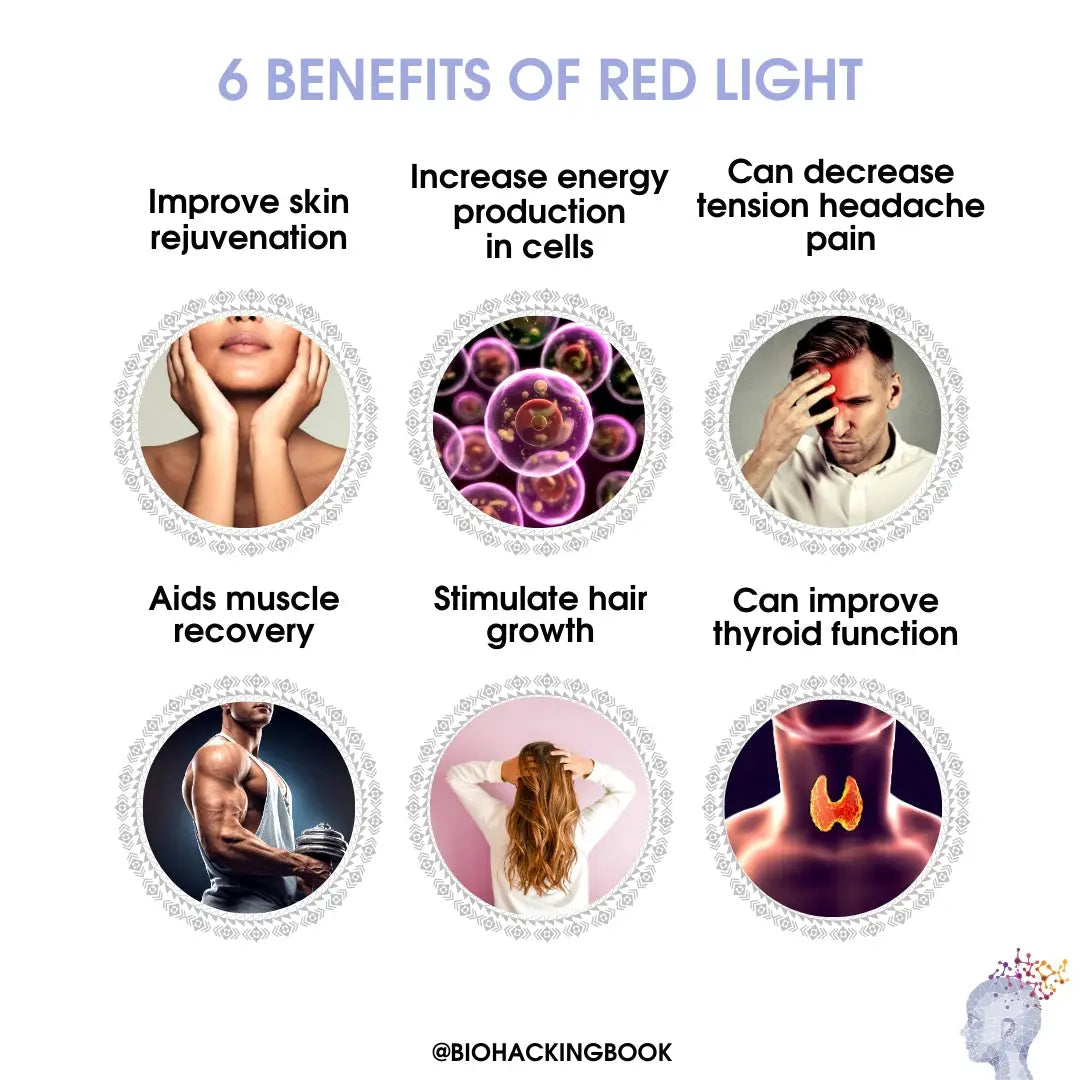4 Simple Techniques For Photobiomodulation
Wiki Article
Photobiomodulation Things To Know Before You Get This
Table of Contents8 Easy Facts About Photobiomodulation DescribedThe 30-Second Trick For PhotobiomodulationHow Photobiomodulation can Save You Time, Stress, and Money.Unknown Facts About Photobiomodulation
Laser therapy is a medical therapy that utilizes concentrated light to promote a procedure called. Throughout PBM, photons get in the cells and interact with the cytochrome c complex within mitochondria. This communication sets off an organic waterfall of occasions that results in a rise in mobile metabolic process, which can in addition to speed up the healing procedure.There is agreement that the application of a restorative dose of light to damaged or useless cells causes a mobile reaction moderated by mitochondrial mechanisms. Photobiomodulation. Researches have actually revealed that these modifications can affect pain and swelling, in addition to, tissue fixing
Changes in ATP, responsive oxygen species and nitric oxide adhere to light absorption by Cc, O. These effects are redox state and dosage dependent.

Photobiomodulation Fundamentals Explained
PBM devices have been cleared for marketing by FDA via the Premarket Notification/510( k) procedure as adjunctive gadgets for the temporary alleviation of pain. These clearances were based on the discussion of medical data to support such cases (Photobiomodulation). In this therapy, a light is put near or in call with the skin, enabling the light energy (photons) to penetrate cells where it engages with chromophores found in cells causing photophysical and photochemical adjustments that cause modifications at the molecular, mobile and tissue levels of the bodyInterestingly, current study suggests that light can enhance efficiency in regular cells and cells. The possible applications of PBMT are various and are being explored experimentally at the standard scientific research, pre-clinical and clinical level. The current medical uses are for the relief of discomfort and inflammation and the treatment of sporting activities injuries.

The therapy specifications and number of sessions required for PBMT are reliant upon area and reason. PBMT usually requires more than one treatment for ideal pain alleviation.
Little Known Questions About Photobiomodulation.
Treatment specifications for PBMT were originally developed using cells in vitro and in tiny animal models. These his explanation therapy specifications usually had a low irradiance and fluence and functioned well for cutaneous applications. When clinicians began to utilize PBMT to treat frameworks that were situated much deeper in the body, they made use of these specifications with adverse outcomes.
We now understand that these unfavorable researches were due to incorrect gadget and treatment criteria for transcutaneous treatment of deeper frameworks. Current developments in laser therapy devices and even more study into the proper does have actually considerably enhanced the results of PBMT. For dealing with deep cells, the wavelength of light utilized figures out the deepness of penetration right into a tissue.
It is important that a clinician utilizes the proper wavelength of light and parameters to deal with a problem. One wavelength and one collection of treatment parameters will certainly not be effective for all problems. Negative side effects have not been reported from the usage of PBMT (Photobiomodulation). Updated June 27, 2016Juanita j
Light treatment is a non-invasive therapy that functions by raising the capability of the cell to develop power (ATP) to recover the a knockout post location being dealt with. Consequently, it can reduce swelling, swelling, and discomfort in the location. Research in this location is expanding, with even more thorough research papers connected listed below for those that want to find out more.
The Buzz on Photobiomodulation
In the first experiment, Dr. Endre Mester, utilized shaved rats and observing exactly how the laser influenced their ability to expand hair contrasted to the group that was not getting LLLT. He located that the group of mice receiving LLLT had the ability to grow their hair back faster than the group of mice that didn't get LLLT (Hoon C, et al; 2012).This treatment is termed this way to differentiate the distinction between the lasers some occupations use to cut (eg. in surgeries, or oral treatments). Low-level light treatment is painless, non-invasive therapy. It is used to reduce swelling, swelling, and persistent joint disorders, reduce pain and accelerate injury recovery of nerves and cells (Hoon C, et al; 2012).
LLLT has a biphasic reaction, suggesting that reduced dosages are usually seen to be more advantageous than greater dosages. That being said, doses greater or you could look here less than the optimal dosage does not affect (Hoon C, et al; 2012). Therefore, it can be challenging to have research studies on LLLT with many criteria.
Some companies combined both (LED and laser) to give a more well-rounded treatment since lasers can penetrate deeper than LED and infrared light (Norman Doidge, The Mind's Method of Healing, 2015). Throughout treatment, the area that is being treated is subjected to LED light from a Biography, Flex Laser, which goes to 660 nm wavelength, followed by infrared light at 830-840 nm wavelength.
Report this wiki page